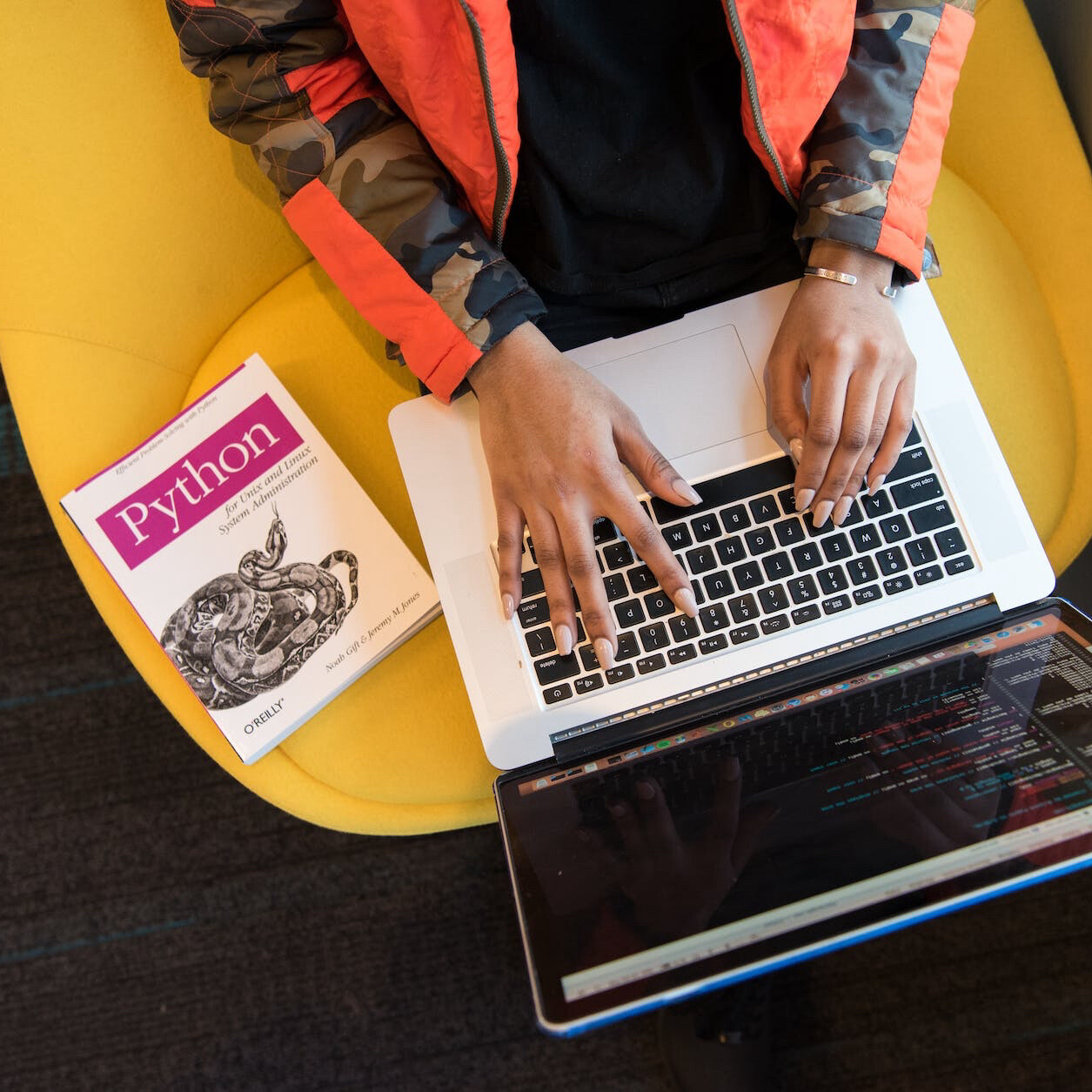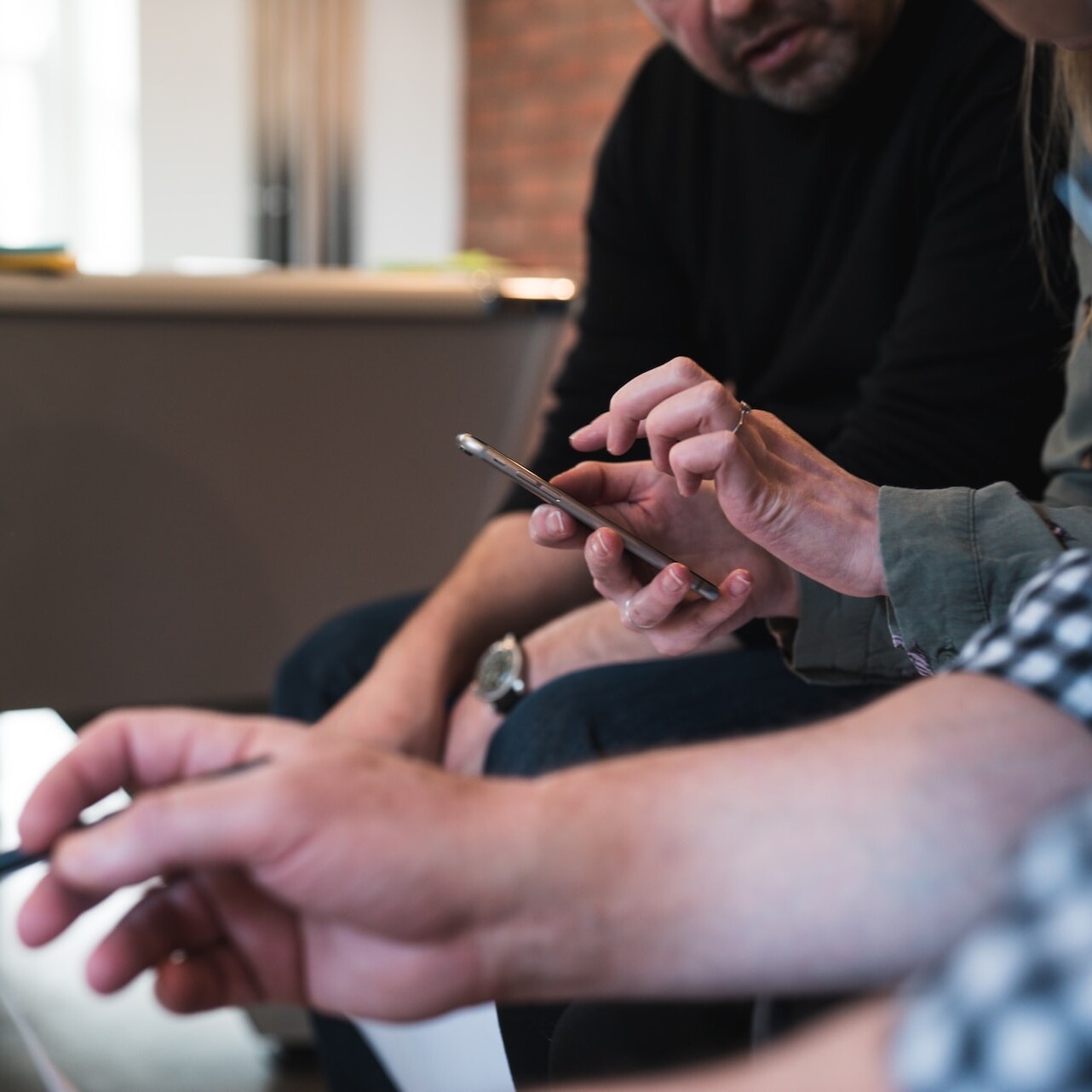Exploring Collaborative Design Methods: Parallel, Iterative & Agile
More often than not, the means to completing a project with the ideal outcome consists of working with a team. Collaborative design can help the process along and help ease ‘stuck spots’ that are bound to arise. Building a team with a variance of individual talents will not only assist in the initial idea creation process, but will allow for specific stakeholders to be accountable for the areas of the work that they most align with.
There are many project management routes to take when working collaboratively, but the format should ideally frame around a specific co-working methodology. Many new implementations have arisen as collaboration becomes more and more prevalent in both small scale and enterprise companies. Trying out each style or cherry picking from each method to form a new working style is advised to fit the project it will develop with.

Parallel Design
One of the collaborative design techniques commonly used among designers is the Parallel Design method, where several people create a design based on the same set of requirements – sort of like receiving a homework assignment or general project. Each individual works independently and then shares his or her ideas with the rest of the group. Once all of the ideas and designs have been collected, the team considers each solution and then each designer goes back to his or her own work and implements any improvements for their own project.
The benefits of this technique are multifaceted. Not only does it increase collaboration, but it allows for the generation of many different and diverse ideas, and makes sure that the cream of the crop are infused into the final conception. The opportunity for the ideal user experience is therefore multiplied, as many minds come together in order to create that perfect environment. A diverse variety of ideas are generated, as each individual brings his or her specific creativity to the overall project. Several design approaches are thought of at once, and time is saved by separating and bringing those ideas to life at once (instead of a long, tedious process of shooting ideas back and forth with no actualization). Sometimes, even more than one idea can be implemented, combining into a harmonious blend that drastically improves UX, appealing to various markets and individuals.
Seeing and trying other peoples’ designs has been proven to enhance the final product, seeing as team members can glean inspiration from others’ ideas. No matter how the original interfaces were, everyone saw improvement as individuals intuitively picked out the best designs and integrated them seamlessly into their own.
Iterative Design
The collaborative design process of iterative design can be looked at like a continuous loop – a process that really doesn’t ever end. The design process is improved, optimized and polished over time, and then looked at again for new aspects, refresh opportunities and problem solving.
Iteration begins on a project immediately, with concepts coming into fruition through the prototyping. The review/analyze/test phase is entered – refinements are made and prototyped again. Its important that the cycle is run through rapid iteration, so ideas have a chance at success and don’t get stale.
An iterative design process is upheld by initial creative briefs backed by sketches, drawings, wireframes and style guides to help illuminate the creative flow. Much of iterative thinking is driven by a lower tech approach with more tactile feel – building a framework and designing the structure from there.
Agile Design
In a competitive environment, the ability to adapt is a essential quality for a company. For that reason, many companies have started to embrace the agile approach for designing their websites and apps. With most creative teams working on projects ranging from UI/UX to content strategy, the process of agile design lends itself to an elastic, fluid journey to the end product.
Teams meet on a very regular basis, conducting ‘sprints’ or ‘huddles’ to align on messaging, design review, client feedback and implement a strategy of constant optimization.
A combination of feedback, analytics and metrics can be used to learn what needs to be changed and have that information quickly communicated to members of the team that can make the necessary adaptations and improvements. Failures can be quickly overcome, campaigns can be precisely optimized and the strategy can be easily restructured.
While agile design may not be appropriate for a companywide implementation, it is ideal for smaller teams and specialized projects that require continual optimization. When working with larger projects such as ecommerce, agile design may be applied to portions of the project that need greater attention to specific details.
Collaborating with a dynamic set of designers will build an atmosphere of open communication and idea generation, allowing the creativity to flow and bounce from person to person – the user will be led to the ideal experience.



